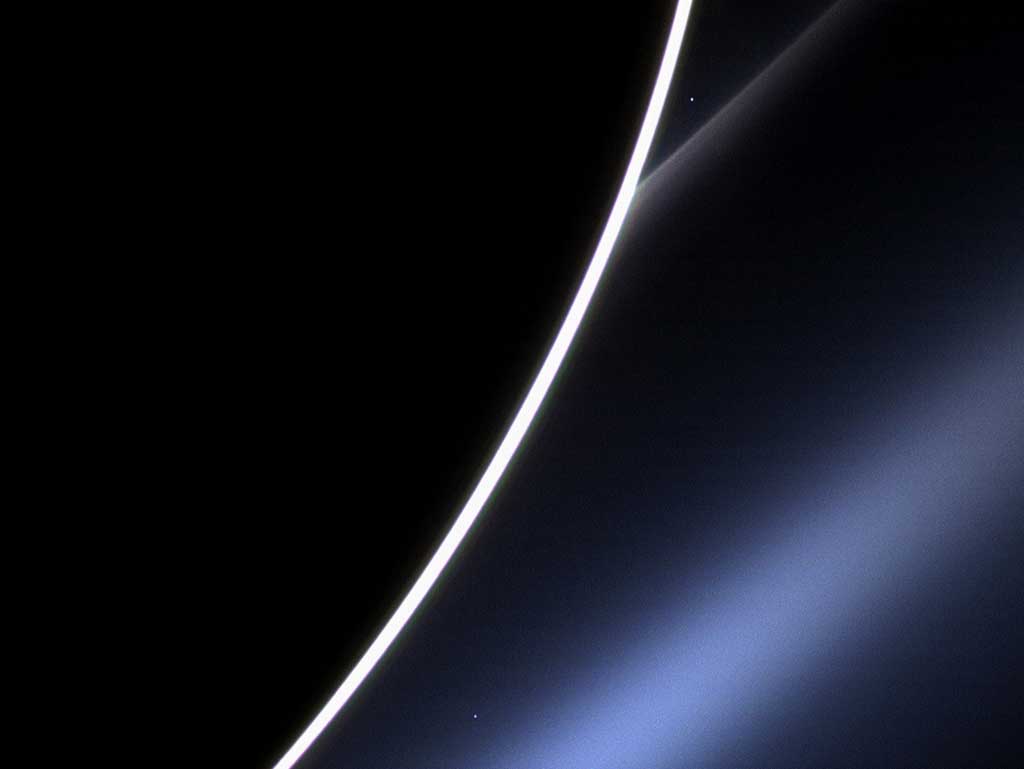All planets in our solar system that have atmospheres also have meteor showers. Earth has the famous Orionids from Comet 1P/Halley, the Geminids from asteroid 3200 Phaethon, and at least another 93 showers such as the Kappa Cygnids from now dormant Jupiter family comet 2008 ED69. The showers occur when Earth traverses the streams of small bits of rock that these comets and asteroids released in the past.
Once we identify which object was responsible for a stream, we can calculate the orbit of that object a few thousand years back in time, generate a stream of debris, and then see how that stream ends up wandering into Earth’s path today. When we have a good match to the observed meteor shower, we end up with a 3-D picture of the meteoroid stream in the solar system. From that, we can tell if the shower also should be visible on Venus or Mars.
The Kappa Cygnids should be a strong shower on Venus, while the Orionids are also great on Mars. Sadly, both planets are so far away that it is not possible to see the meteors directly through a telescope on Earth. Satellites in orbit around Venus could,
in principle, detect venusian meteor showers. The rovers on Mars also should be able to see martian showers with instruments sensitive enough to see at night. So far, only a few big isolated events have been spotted, but no meteor showers. Best known are the impact flashes in Jupiter’s atmosphere.
Scientists in the past used meteors on Earth to learn about our planet’s atmosphere at the boundary between Earth and space. Perhaps in the future, meteors on other planets will provide us with similar insight.
Once we identify which object was responsible for a stream, we can calculate the orbit of that object a few thousand years back in time, generate a stream of debris, and then see how that stream ends up wandering into Earth’s path today. When we have a good match to the observed meteor shower, we end up with a 3-D picture of the meteoroid stream in the solar system. From that, we can tell if the shower also should be visible on Venus or Mars.
The Kappa Cygnids should be a strong shower on Venus, while the Orionids are also great on Mars. Sadly, both planets are so far away that it is not possible to see the meteors directly through a telescope on Earth. Satellites in orbit around Venus could,
in principle, detect venusian meteor showers. The rovers on Mars also should be able to see martian showers with instruments sensitive enough to see at night. So far, only a few big isolated events have been spotted, but no meteor showers. Best known are the impact flashes in Jupiter’s atmosphere.
Scientists in the past used meteors on Earth to learn about our planet’s atmosphere at the boundary between Earth and space. Perhaps in the future, meteors on other planets will provide us with similar insight.
Peter Jenniskens
SETI Institute and NASA Ames Research Center, California
SETI Institute and NASA Ames Research Center, California










